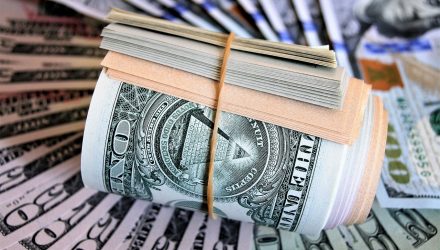For example, International Business Machines Corp, Procter & Gamble Co. and Johnson & Johnson have all stated that the dollar’s ascent dragged down last quarter’s earnings. Bank of America Merrill Lynch calculated that U.S. companies are on pace for their biggest currency-related hit to sales since 2017.
Furthermore, a stronger dollar would pressure commodity prices, which are denominated in USD and become more expensive for foreign buyers when the greenback rises against their local currencies.
Looking ahead, some observers argue the dollar may have more room to run as some global central banks also adopted the Fed’s wary outlook on monetary policy, which suggests that yields between the U.S. and many other economies could remain for the foreseeable future. Meanwhile, the U.S.’s higher yield and relatively strong economy could continue to support the case for dollar-denominated assets.
“The rest of the world looks quite weak, and we can say that the U.S. economy is still stronger on a relative basis,” Ben Randol, a senior analyst of G-10 foreign-exchange strategy at Bank of America Merrill Lynch, told the WSJ. “In that environment, the dollar is going to strengthen.”
For more information on the foreign exchange markets, visit our currency ETFs category.
